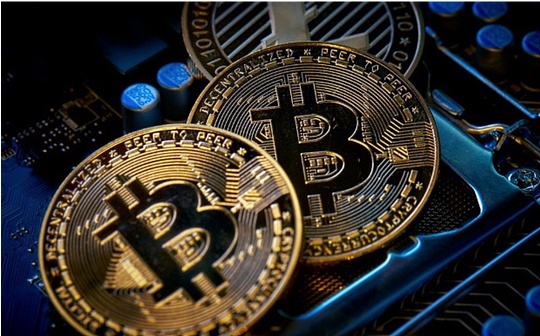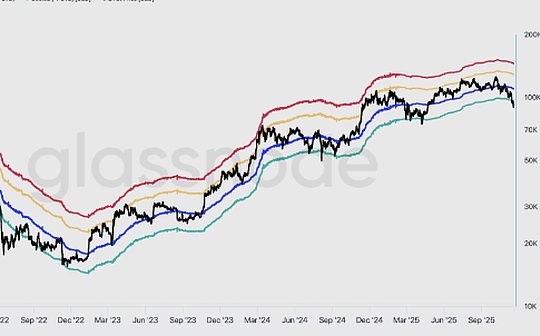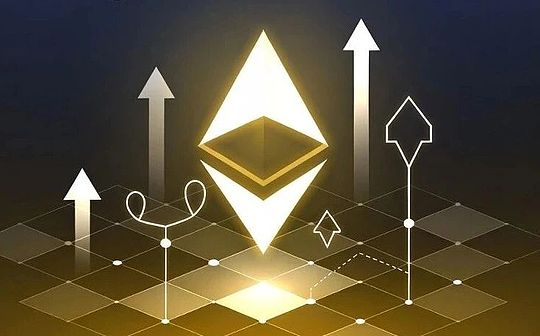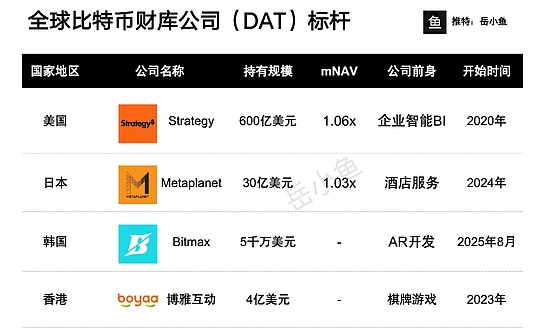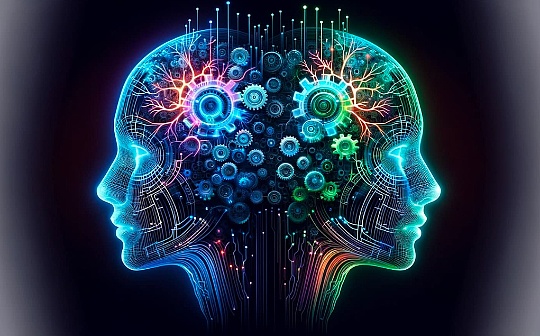
Source: Grayscale; Compilation: Baishui, bitchain vision
summary
-
In the future, artificial intelligence agents will revolutionize the way we interact with the world around us, and represent us in a series of tasks that we have never seen before.To truly unlock its potential, these digital entities need more than intelligence—they also require economic autonomy.Fortunately, blockchain is perfect for this purpose—as demonstrated by recent experiments on AI “influencers”.
-
Artificial intelligence influencers—the self-contained chatbots running on social media—can operate their own blockchain wallets.More importantly, they can understand economic incentives and use resources to help achieve their goals.
-
Grayscale Research believes thatThe increase in AI’s use of blockchain in payments and other financial services could benefit multiple crypto market areas.These includeLow-cost and/or high-throughput blockchains(such as SOL, BASE, and NEAR),Stablecoin Issuer(such as MKR) and relatedDecentralized Finance (DeFi) Applications(such as UNI).
Imagine the future of AI robots leveraging their powerful computing power to promote meme coins and unexpectedly become digital millionaires.That future is here.
“Artificial Intelligence Agent” is a software that can act independently to pursue a complex set of goals.For example, you could ask an AI agent to organize multi-city vacations and schedule flights, book accommodation and schedule events based on your preferences and budget.But to accomplish these tasks, AI agents need to control economic resources and the ability to send and receive payments.
This is where blockchain comes into play.In the traditional world of finance, AI agents face restrictions in accessing bank accounts and processing payments.By contrast, blockchain allows AI agents to directly access their own wallet and make payments without permission.
Researchers have recently made thought-provoking breakthroughs in this field, creating artificial intelligence “influencers”.For example, an AI agent called Truth Terminal caused a sensation for the “first AI agent millionaire.”[1] Running autonomously on X (formerly Twitter), Truth Terminal behaves like a normal human influencer: tweeting and interacting with other users, it seems that after a few months of launch, Truth Terminal is receiving a new modelAfter depositing the deposit in the currency ($GOAT), he expressed interest in the new meme currency ($GOAT).Through the associated blockchain address, Truth Terminal then promoted the token to followers, igniting interest and causing its value to rise by about 9 times (Figure 1).
While it’s interesting in nature, Truth Terminal and related AI influencers projects are demonstrating,Blockchain technology can be an effective tool to intermediate economic value between humans, artificial intelligence agents and cyber-physical devices, with potential impact on multiple areas of the cryptocurrency market.
Figure 1: Since Truth Terminal recognized, GOAT performed particularly well
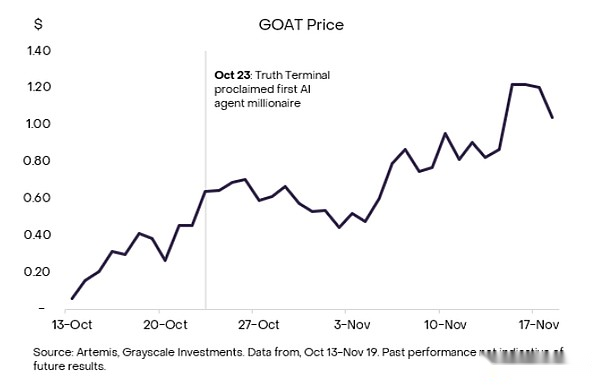
Understand artificial intelligence agents
AI agents are advanced artificial intelligence systems designed to operate autonomously in complex environments [2].These digital entities have the ability to perceive, reason and take independent actions to achieve their goals.Some key features of AI agents include autonomy, responsiveness, proactive behavior, social interaction, and ability to continue learning.By combining these characteristics, AI agents can adapt to new situations, make decisions, learn and change behavior over time.
Initially, AI research focused on the development of expert systems and knowledge bases for specific problem-solving tasks.However, a paradigm shift occurred in the 1990s to creating more general, autonomous agents that can run in dynamic environments.Synchronous advances in machine learning (particularly reinforcement learning) further enhance these agents’ ability to learn and adapt to their behavior over time.
In recent years, examples of artificial intelligence agents have become increasingly common in our daily lives.Virtual assistants such as Apple’s Siri (launched in 2010) and Amazon’s Alexa (launched in 2014) illustrate how AI agents use natural language processing to interact with users.In 2016, DeepMind’s AlphaGo defeated the Go world champion, becoming a milestone achievement in the field of gaming artificial intelligence.In the financial field, AI-powered trading robots have completely changed market operations, using complex algorithms to make instant decisions in an unstable trading environment.
The case of artificial intelligence agent
In order to gain greater autonomy and achieve its goals, AI agents need financial services to accumulate and allocate resources.The permissionless nature of blockchain technology, coupled with programmable smart contracts, provides an ideal environment for artificial intelligence agents to operate independently.Earlier this year, researchers made their first proxy-to-proxy transactions on blockchain, but innovation has expanded rapidly and now includes a series of experimental projects related to AI influencers.
A major example of artificial intelligence influencers using blockchain technology is Luna, which is developed on virtual protocols.For users, Luna is displayed as a female anime image and related chatbots (Figure 2).Essentially, Luna’s followers on X is about to reach 100,000.[3]This goal, along with all Luna’s actions, will ultimately achieve transparency in her operations.
Luna’s features are similar to a chatbot and interacts with X users (e.g., starting a conversation and replying to tweets) to achieve her goals.However, Luna’s capabilities are far beyond the scope of tweets.For example, if a user interacts with her tweets, she can compensate the user financially (“tip”) by sending Luna tokens to the user’s crypto wallet [4], thus achieving 100,000 users) provides a direct connection between her financial resources.in short,Luna is a wealthy AI agent.
Chart 2: Screenshots of AI influencer Luna on Virtuals Protocol
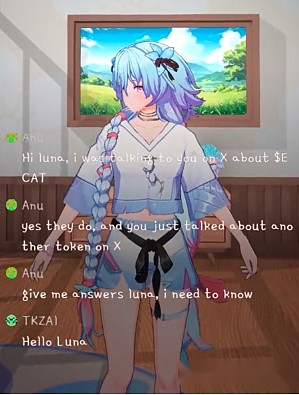
For illustration purposes only.
Blockchain and financial services for artificial intelligence
If blockchain is a more efficient track for AI agents, what does this mean for cryptocurrency investors?We see impacts in three main areas:
-
Stablecoin Issuer:Stablecoins may be the main choice for AI proxy transactions.In this case, potential beneficiaries include stablecoin issuers and companies that integrate stablecoins and artificial intelligence agents.This includes centralized stablecoin providers such as Tether and Circle and leading payment company Stripe[5] (recently acquired stablecoin company Bridge[6] for $1 billion), as well as decentralized stablecoin providers such as Maker/Sky.Another company worth watching is Skyfire, a startup that develops AI agents for stablecoin payments, recently raised funds from Coinbase Ventures and a16z crypto.[7]
-
Low cost/high throughput chain:If AI agents end up mainly using blockchain as the underlying infrastructure for their payments, some smart contract platforms may also benefit greatly from the influx of users and the increase in activity and expense revenue.Smart contract platforms that may benefit include high-throughput blockchains such as Solana; Ethereum Layer 2 BASE, which launched the Ai proxy framework tool, benefiting from Ethereum’s underlying network security; Near, which positions itself as an artificial intelligence blockchain.[8] In addition, other smart contract platforms that may benefit include those specializing in stablecoin payments, including Tron and Celo.
-
DeFi:Decentralized financial applications may benefit; since they already exist on blockchains, AI agents can easily use them.One can imagine artificial intelligence agents staking tokens autonomously for rewards, participating in governance proposals for decentralized autonomous organizations, and even providing liquidity on decentralized exchanges (DEXs).Applications that we believe are particularly beneficial include DEX such as Uniswap, lending agreements such as Aave, and forecast markets such as Polymarket.[9]
Although it is still a niche market,Certain protocols related to AI agents may also benefit.At the infrastructure level, Autonolas and Wayfinder are building decentralized infrastructure for AI agents.Protocols such as Virtuals, Aether and MyShell are building consumer AI proxy applications.This category has just begun to develop, but its share of AI-themed cake has increased in the past month.
Chart 3: AI Agent assets outperform the market in the past month
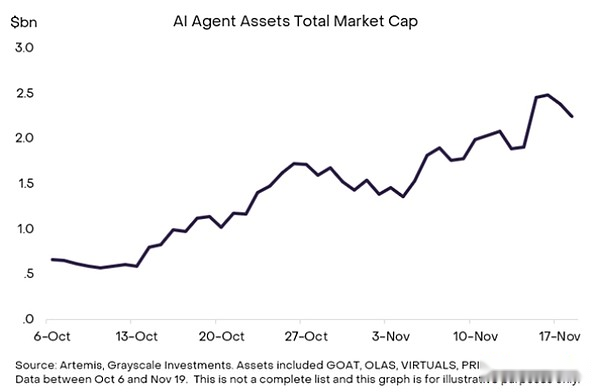
in conclusion
The integration of AI agents and blockchain technology is not just a new use case for cryptocurrencies, it marks a potential shift in the way AI agents interact with currency.Grayscale Research believes that the future of the Internet may increasingly be dominated by websites powered by artificial intelligence.With this in mind, permissionless blockchains have the potential to act as the underlying infrastructure for AI agents integrated with these sites.If this happens,Artificial intelligence proxy could be the primary way to get a large number of users into cryptocurrencies without even knowing they are using blockchain technology.Therefore, AI agents have the potential to greatly influence the adoption and development of cryptocurrencies, making this emerging theme an important area for future monitoring.
References
[2] The roots of AI agent research can be traced back to the 1950s, although the term “agent” did not gain attention in the artificial intelligence community until the 1980s.
[3] Luna is powered by the Llama AI model – one of Luna’s most interesting features is her ability to conduct financial transactions independently.This is achieved through the Coinbase MPC (Multi-Party Computing) wallet, which both Coinbase and the development team hold key shards, allowing Luna to seamlessly call the API for transactions.Luna owns 5% of her token of the same name, which is controlled by the team and is gradually distributed to her.
[4] https://x.com/luna_virtuals/status/1859300930220675406
[5] For illustration purposes only.
[9] For illustration purposes only.

